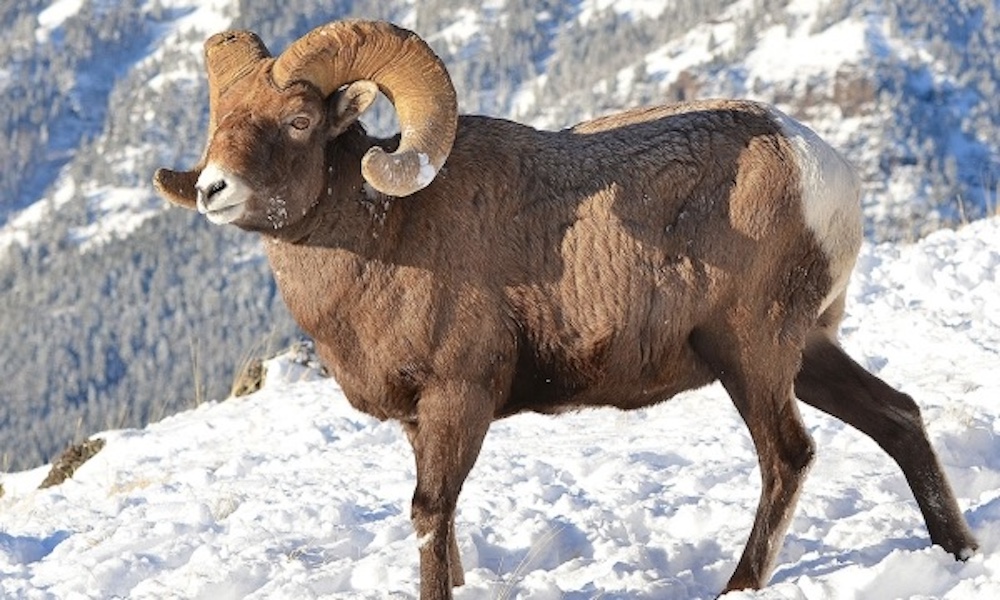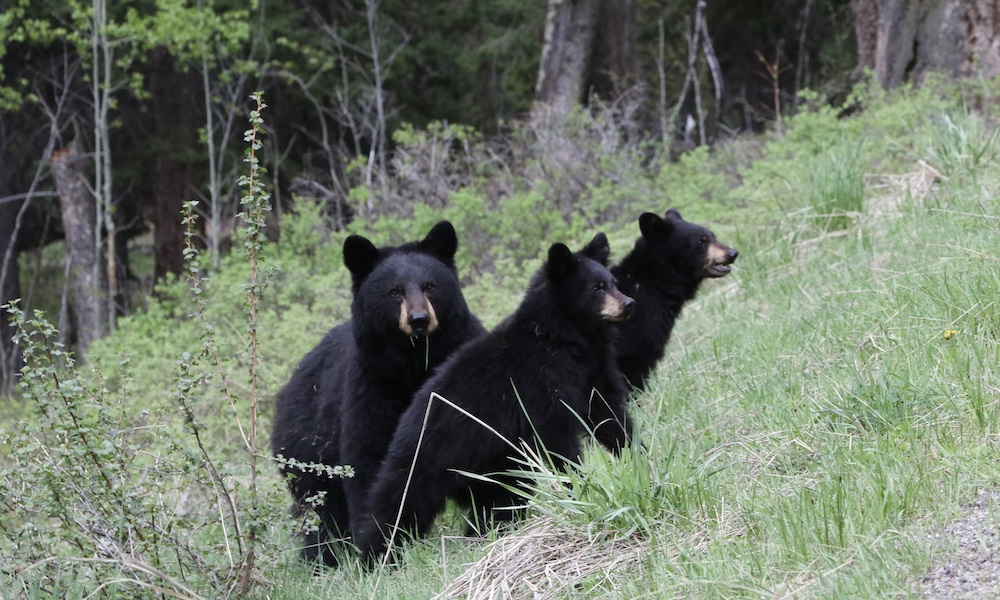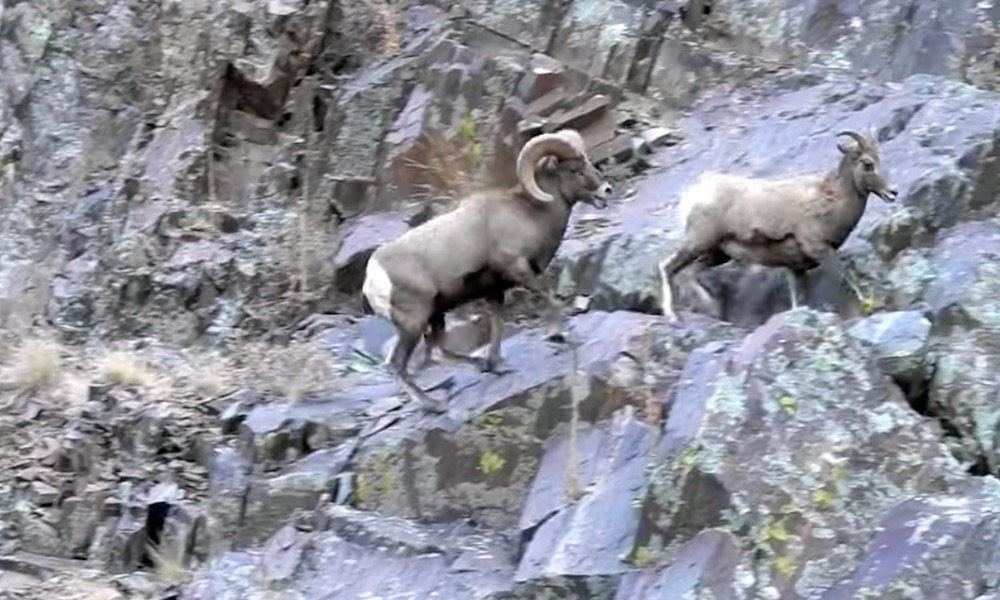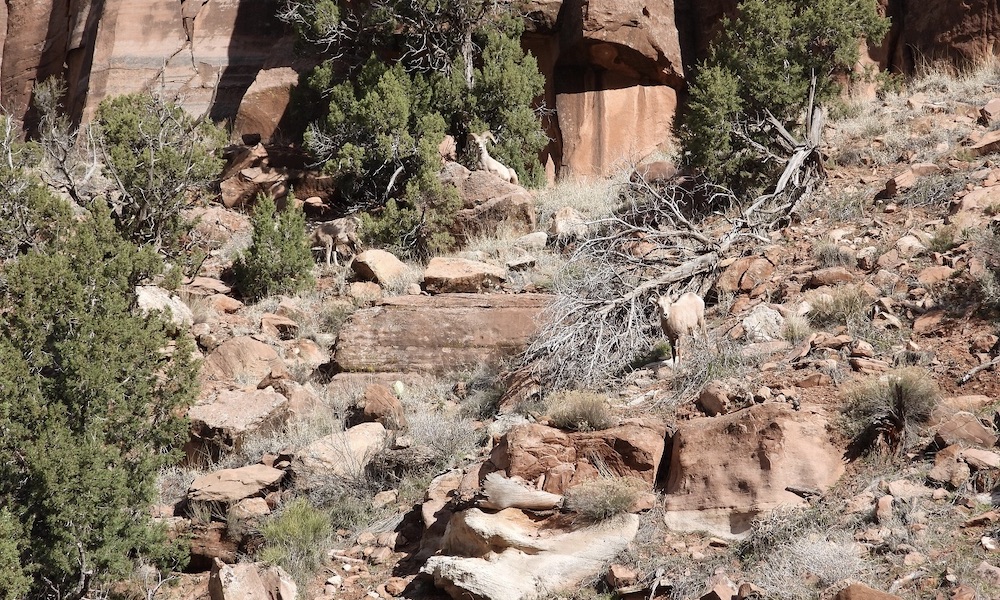A $4,500 reward is being offered in Oregon for information leading to the felony arrest of the poacher who killed a Rocky Mountain bighorn sheep for its head and horns.
The carcass was discovered last Nov. 30 on BLM land near Hibbard Creek Road south of Baker City. An investigation has turned up few leads.
“It’s so hard to believe that someone would shoot and waste such an amazing animal,” Kevin Martin, president of the Oregon Wild Sheep Foundation, stated in an Oregon Department of Fish and Wildlife news release.
“The Lookout Mountain herd of bighorn sheep is an area ODFW, Wild Sheep Foundation, OR WSF and our partners have been focusing a lot of resources to understand what has caused the ongoing loss of animals and this criminal act just adds to that loss.”
Oregon is home to about 800 Rocky Mountain bighorn sheep and hunting is strictly regulated, with only about 100 tags issued each year.
The Oregon Department of Fish and Wildlife states on its website: “Bighorn sheep tags are ‘once-in-a-lifetime’ so you can only draw the tag once. If you are lucky enough to do so, scouting and being physically prepared for their rugged country are key.”
The poacher had no tag and left the carcass to waste.
Illegally killing a bighorn sheep in Oregon carries a penalty of up to $10,000 in fines, suspension of hunting license, and forfeiture of the weapon used to kill the sheep.
“In this case, additional charges of waste of a game mammal would likely apply,” the ODFW added.
The $4,500 reward was put up by multiple groups and announced Thursday.
Anyone with information is asked to contact the Oregon State Police Dispatch at 1-800-452-7888, *OSP (*677), or email at TIP@osp.oregon.gov.
Tipsters can choose to remain anonymous.



















